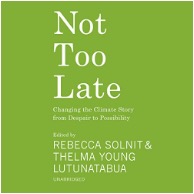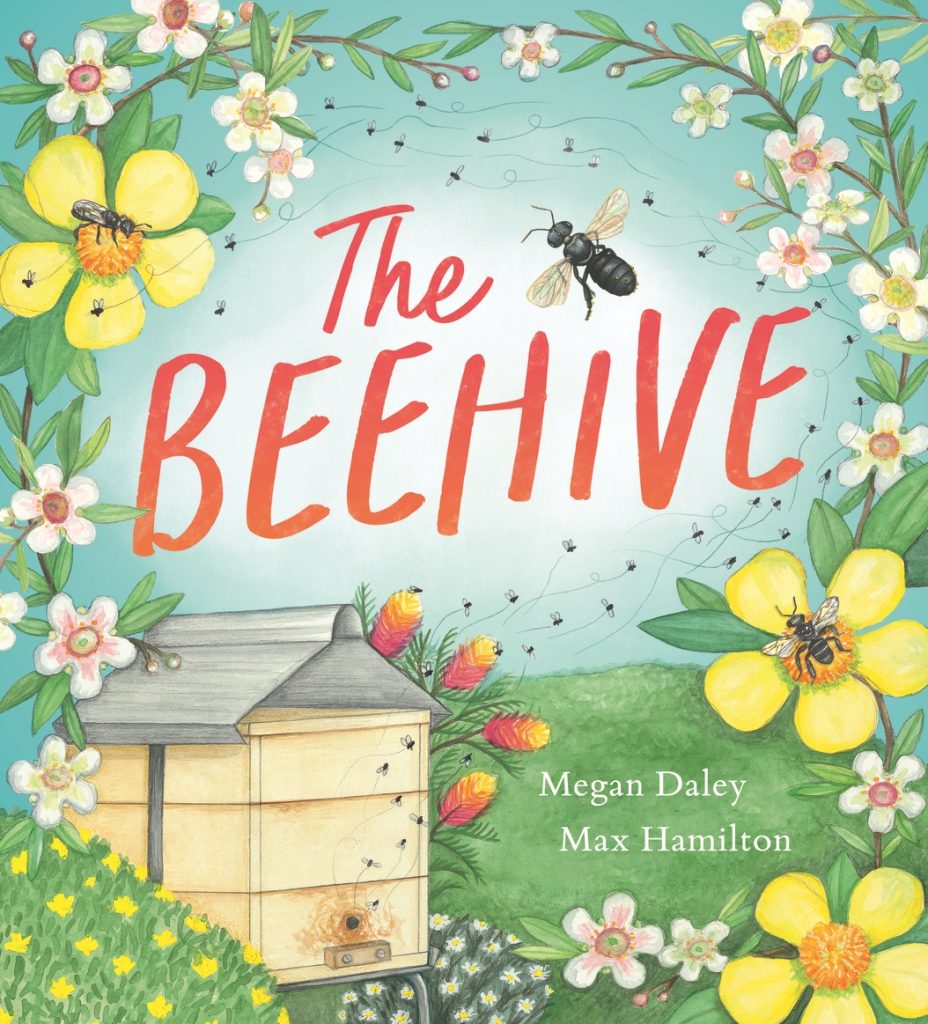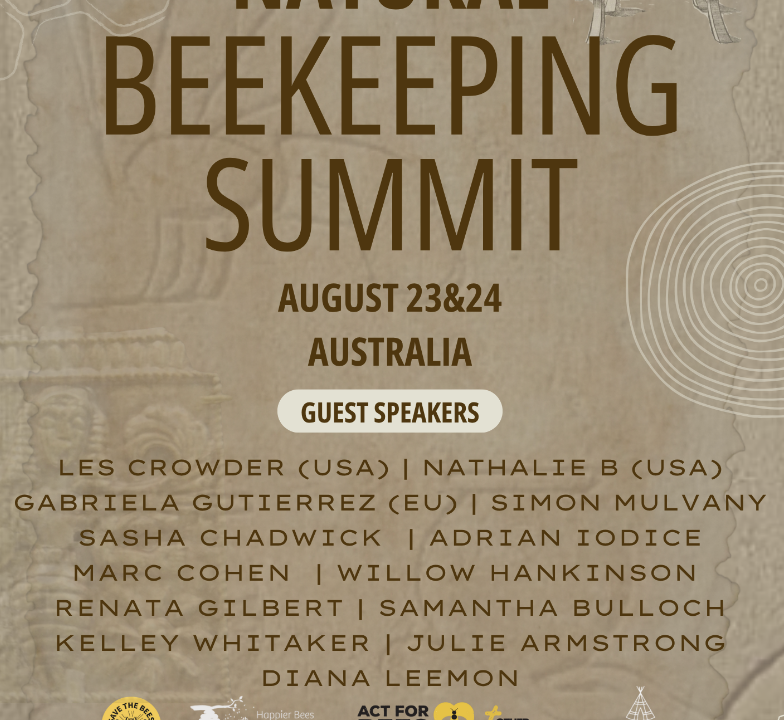
Buzzing into Spring
October 7, 2024
February 2025 – late summer
March 7, 2025Welcome to our Spring/Summer newsletter We’ve had great fun delivering workshops on planting for native bees and building bee hotels, thanks to support from the Canberra Environment Centre, Queanbeyan Palerang Shire Council, and Landcare ACT.
The Canberra Environment Centre’s (CEC) Gungaderra Community Garden was planted up with a range of native plants in our recent workshop run by Mark Paterson. We also ran an ‘online’ ‘Planting for Pollinators’ workshop where CEC’s Executive Director Fiona Veikkanen shared her expertise in creating healthy soil, a vital part of plant and pollinator health.

Julie Armstrong, our President presented at the Environmental Education NSW conference ‘Learning for Change’, sharing resources on sustainable & regenerative agriculture for various education levels. The ‘Love Food? Love Bees!’ Year 9/10 program encourages students to explore how their food is grown and the range of farming methods which take care of the soil, water and biodiversity and of course climate!
‘The Soil Story’ educates on the carbon cycle and soil health & how vital this is for ecosystem biodiversity and health.
‘Rachel’s Farm’ documentary engages students in learning about biodiversity, regenerative farming, and climate solutions.
Please check them out by following the QR codes.

ACT for Bees + have just had our first AGM and welcomed new members Charlie and Jon to our committee. I want to thank our previous committee for all their amazing work to support our initiative through our newsletter, workshops, presentations and networking in our community.
Our new ACT for Bees Inc committee is
President: Julie Armstrong
Vice President : Mark Paterson
Secretary: Vicki Coleman
Treasurer: John Kenworthy
Ordinary members: Charlie Blumer, Jon Darvill, Didi Sommer
We are very excited about the upcoming workshop to celebrate Australian Pollinator Week on Saturday 9th November 1pm-4pm. Please join ‘Mapping Biodiversity in Your School’ through Canberra Nature Map. We will be learning how to create an account and taking photographs of pollinators out at CCF and uploading them to CNM for ID by experts. Students, teachers & families are welcome to join us as there are a growing number of schools joining in. BOOK HERE
Please enjoy Charlie’s ‘In my garden’ article below. We would love to hear what is in your garden, particularly the pollinators on flowers in this spectacular Spring blooming!
IN MY GARDEN THIS MONTH
Observations on pollinators and nature in Canberra
by Charlie Blumer, October 2024
At last with the warmer weather native bees have made an appearance. A male and a female colletid (Leioproctus spp.) have been observed in my flower garden in Canberra’s inner north. A female was observed late in the month on diggers’ speedwell (Derwentia perfoliata)(see Figure 1), and the male on a long-leaf wax flower Philotheca myoporoides bush. The abundant flowering and attraction for pollinators of this plant is evident in Figure 2. A second native bee species, probably a yellow-shouldered bee (Leioproctus irroratus), was also briefly observed grooming (after a splash in some pollen basket?!).
Poppies (Eurasian Papaver, and Californian Escholtzia) are as well currently flowering in the garden. They are prolific pollen producers that are well patronised by European honeybees, and complement the borage which flowers continuously for extended periods.
A patch of nettles provides for a future generation of pollinators. This plant provides food for the caterpillar of the Australian admiral, one of our most handsome butterflies. After pupation and transformation into an adult, the butterfly will then pollinate a range of attracting flowers as it stops for a nectar refresh.

Australian admiral caterpillar on its nettle foodplant and Australian admiral butterfly sunning on a rock.
One always welcome visitor to the garden is the ladybird. The aphids on the roses have been quite numerous this year, but once they arrive the ladybirds and their larval offspring always vacuum them up. In Figure 5 the scattered white bits illustrate how well this ladybird has dealt with these aphids. However the real power player in aphid control are teeny-weeny parasitoid wasps. They are hardly seen, but their activity is indicated by the presence of aphid ‘mummies’ (Figure 6) – aphids in which the wasp has laid its eggs, and from which new adult wasps will emerge in a week or two.

Aphid ‘mummies’ on a rose bloom & Ladybird beetle on a rose bush, with aphid fragments,
[All photographs by the author.]
Not using pesticides in the garden will encourage their presence. Plants with little flowers, such as Alyssum (seen in the upper left of Figure 6) and parsley or dill that have been left to go to seed later in the season, also support the presence of these natural predators. [All photographs by the author.]
UPCOMING EVENTS
Kambah Canberra Organic Growers (COGS) Open Day
Saturday 2nd November 10am -3pm
Corner Sringbett Street & O’Halloran Circuit Kambah
Visitors will have a chance to inspect over 40 plots and a common herb garden and flowerbed. We’ll have our popular plant and seedling stall, with plants aplenty for sale, ornamental as well as edible, all grown by our garden members. Packets of green manure seed to revitalise your soil will also be on sale. ACT for Bees, Seed Savers, the Southern ACT Catchment Group and SEE Change will be among gardening-related stallholders on the day.
Australian Pollinator Week 9th -17th November 2024
To get ready for this important event go HERE for details of events in Canberra and the ACT region.
Mapping Biodiversity in Your School
Saturday 9th November 1pm-4pm, Canberra City Farm 2 Dairy Flat Rd Fyshwick
We’re thrilled to have Michael Mulvaney from Canberra Nature Map with us to demonstrate how they’re working with schools to inspire students and teachers to engage with Canberra Nature Map and Citizen Science surveys. We will be learning how to create an account and taking photographs of pollinators out at CCF and uploading them to CNM for ID by experts. Students, teachers & families are welcome to join us as there are a growing number of schools joining in. Book HERE
Tuggeranong Southfest
Saturday 16 November, 10am-4pm, Tuggeranong Laneways.
SouthFest will again bring life to the streets, laneways and lake foreshore of the Tuggeranong Town Centre. This vibrant festival brings together the best of Tuggeranong, celebrating our community’s spirit, creativity, and sustainability. ACT for Bees will be attending with a ‘Bee Pollinator Friendly Gardens’ presentation. More info HERE
Interesting Links
Insects are ‘the little things that run the world’. Now you can help choose Australia’s favourite
The ABC has begun its quest to find out which native six-legged marvel is Australia’s most popular insect for 2024. Six experts have selected their finalists for an online poll.
With more than one million identified species around the world, insects are the most numerous organism on our planet.
This year, for the first time, the ABC has launched The Insect of the Year competition, to celebrate the often overlooked role these critters play in our environment. Read more HERE
You can vote for the winning invertebrate via an online poll in October.
The Wheen Bee Foundation is behind The Australian Pollination Strategy Project which was launched on 1 October 2024. This will mark the start of the most comprehensive study and strategic planning for Australia’s Pollination Security ever seen in this country. The five-year project will include the publication of the Pollination Security Status Report and the Australian Pollination Strategy. The project will also cover the first years of Strategy Implementation and the development of a funding model to continue the implementation of the strategy beyond the initial five-year project. Read more HERE
Stay Tuned to Our Planet (STTOP) Let’s STTOP teen eco -anxiety and make a positive impact on the planet.
This 28 episode online ecco series featuring Australia’s leading eco-warriors’ from activists and authors to musicians and scientists. Very engaging episodes! Check it out HERE
A few interesting books……

Urban Beekeeping by Cormac Farrell
From our wonderful local mentor for ACT for Bees +, Cormac Farrell’s Urban Beekeeping is both an in-depth instruction manual for creating hives in urban spaces, and an exploration of why reshaping our cities to make space for nature is vital. Written by the Head Beekeeper for the Australian Parliament, it is informed by extensive experience in beekeeping, instruction and honey production. Readers will learn step by step how to set up a thriving urban hive, and the wider importance of this as sustainable local food production and creating space for native species.

Edited jointly by Rebecca Solnit and Thelma Young Lutunatabua this collection of essays and interviews from strong climate voices from around the world is encouraging and engaging. It features the voices of Indigenous activists, such as Guam-based attorney and writer Julian Aguon; climate scientists, among them Jacquelyn Gill and Edward Carr; artists, such as Marshall Islands poet and activist Kathy Jetil-Kijiner; and longtime organisers, includingThe Tyranny of Oil author Antonia Juhasz and Emergent Strategy author adrienne maree brown.

John Busst by Iain McCalman
This is a biography of the bohemian artist and conservationist John Büsst, known to his enemies as “The Bingil Bay Bastard”. In the 1960s and early 70s Büsst led campaigns to protect two of Australia’s most important and endangered environments – saving lowland rainforests from destruction and the Great Barrier Reef from reckless resource mining for oil, gas, cement and fertiliser. A plan Büsst likened to ‘bulldozing the Taj Mahal to make road gravel’. This inspiring biography, from award-winning historian Iain McCalman, is a timely reminder that the passionate commitment of ordinary citizens is crucial to achieving truly transformative environmental change.

This is a biography of the bohemian artist and conservationist John Büsst, known to his enemies as “The Bingil Bay Bastard”. In the 1960s and early 70s Büsst led campaigns to protect two of Australia’s most important and endangered environments – saving lowland rainforests from destruction and the Great Barrier Reef from reckless resource mining for oil, gas, cement and fertiliser. A plan Büsst likened to ‘bulldozing the Taj Mahal to make road gravel’. This inspiring biography, from award-winning historian Iain McCalman, is a timely reminder that the passionate commitment of ordinary citizens is crucial to achieving truly transformative environmental change.




